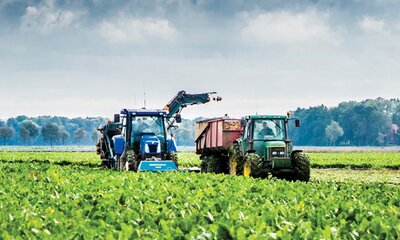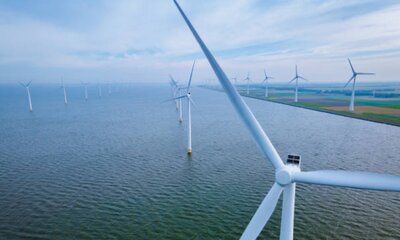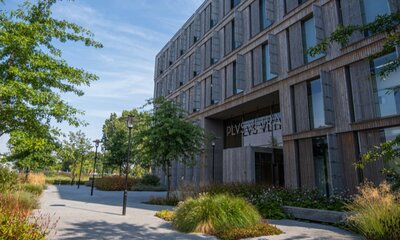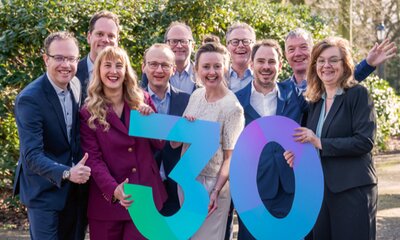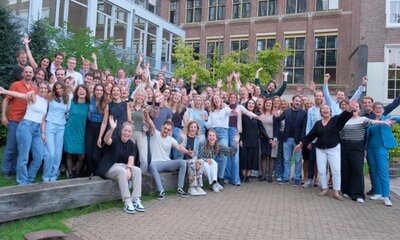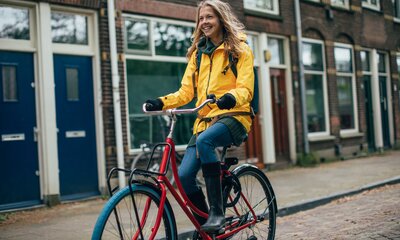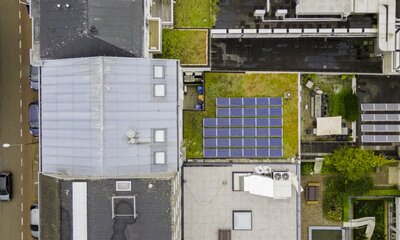Getting Started with Green-Blue Infrastructure: These Parties Led the Way
The Landscape Action Plan aims to make a significant contribution to meeting European biodiversity obligations (Birds and Habitats Directives), climate targets (Paris Agreement), and clean water (Water Framework Directive). The goal of the Action Plan is to achieve 10% green-blue infrastructure in rural areas by creating landscape elements such as hedgerows, ponds, herb-rich grasslands, and more. This contributes significantly to restoring the Dutch cultural landscape, benefiting biodiversity, climate resilience, and a healthy food system. Additionally, landscape elements can capture nitrogen, preventing its further spread into the environment. A true win-win!
Achieving 10% green-blue infrastructure is something we must all work toward. To inspire various groups, from private individuals to farmers to government bodies, the Delta Plan and the Cultural Heritage Agency produced four videos on landscape elements. The first is an introductory video explaining the goals of the Landscape Action Plan and the role of landscape elements in achieving these objectives.
Video: The Importance of Landscape Elements
The other three videos showcase locations where landscape elements have already been established, allowing others to see and gain inspiration. How does the creation of landscape elements work in practice? What’s needed? What does such a green-blue network actually look like? And what are the benefits? These questions are explored through the following three projects:
1. Voedselbos Ketelbroek in Groesbeek
